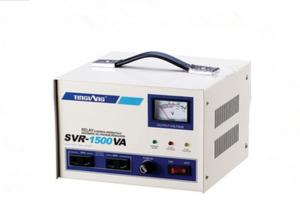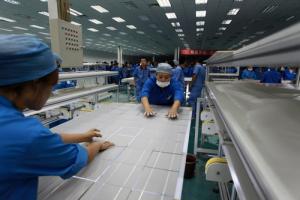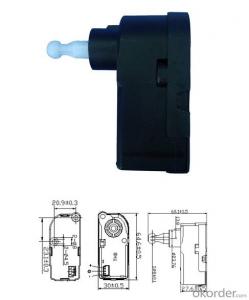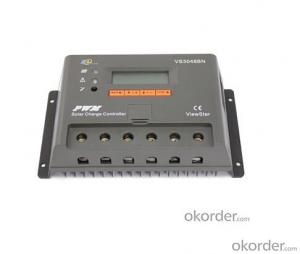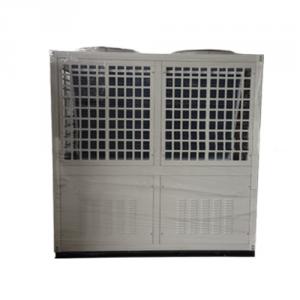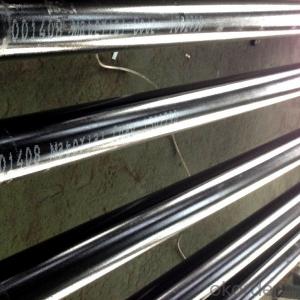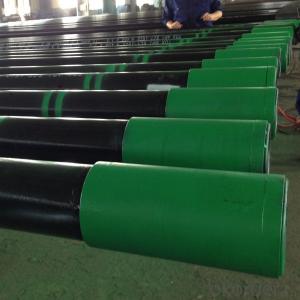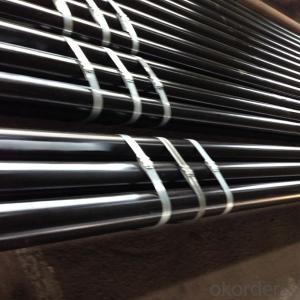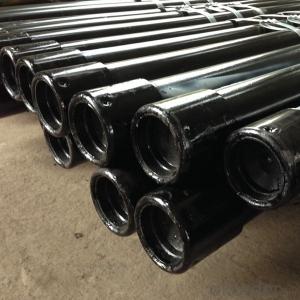Inverter Regulator Solar
Inverter Regulator Solar Related Searches
Inverter Controller Solar Inverter Solar Controller Solar Solar Inverter Solar Controller Inverter Solar Inverter Inverter Inverter Solar Inverter Solar Inverter Power Inverter Solar Inverter Charger Solar Solar Converter Inverter Solar System Inverter Solar Electric Inverter Solar Module Inverter Inverter Generator Solar Inverter Solar Generator Solar Energy Inverter Battery Inverter Solar Smart Inverter Solar Inverter Solar Cell Inverter Power Solar Sun Solar Inverter Inverter Battery Solar Solar Charger Inverter Inverter Hybrid Solar Solar Battery Inverter Inverter Solar System Solar Plant Inverter Power Solar Inverter Micro Inverter Solar Solar Photovoltaic InverterInverter Regulator Solar Supplier & Manufacturer from China
Inverter Regulator Solar products are designed to convert solar energy into usable electrical power for various applications. These products play a crucial role in harnessing the power of the sun and providing a sustainable energy source for homes, businesses, and other establishments. They are engineered to optimize energy conversion efficiency and ensure reliable performance under different environmental conditions.The Inverter Regulator Solar is widely used in a variety of scenarios, including residential rooftop solar systems, commercial solar power plants, and off-grid solar applications. It is an essential component in solar energy systems, as it regulates the flow of electricity from solar panels to the grid or battery storage, ensuring a stable and consistent power supply. This product is also vital for maintaining the safety and longevity of solar panels, as it prevents overcharging and potential damage to the panels.
Okorder.com is a leading wholesale supplier of Inverter Regulator Solar products, boasting a large inventory of high-quality and reliable solar energy solutions. They offer a diverse range of products to cater to the varying needs of customers, ensuring that they can find the perfect fit for their specific solar energy requirements. With their extensive selection and commitment to customer satisfaction, Okorder.com has established itself as a trusted source for Inverter Regulator Solar products in the industry.
Hot Products

